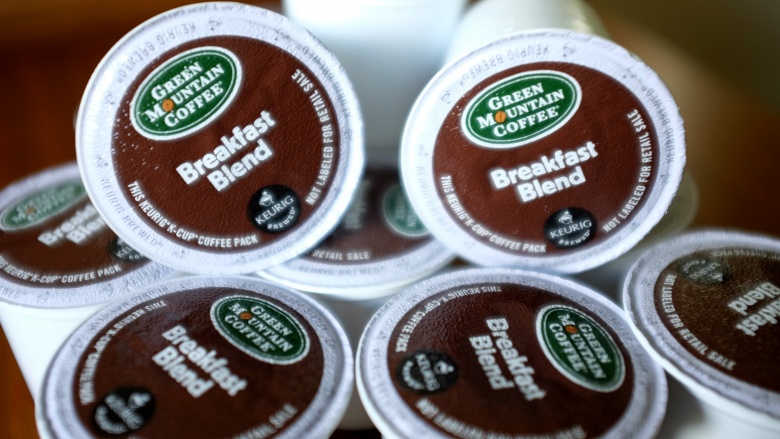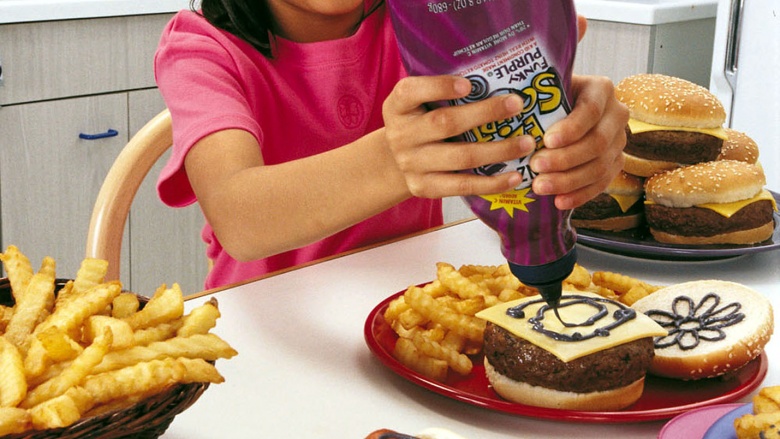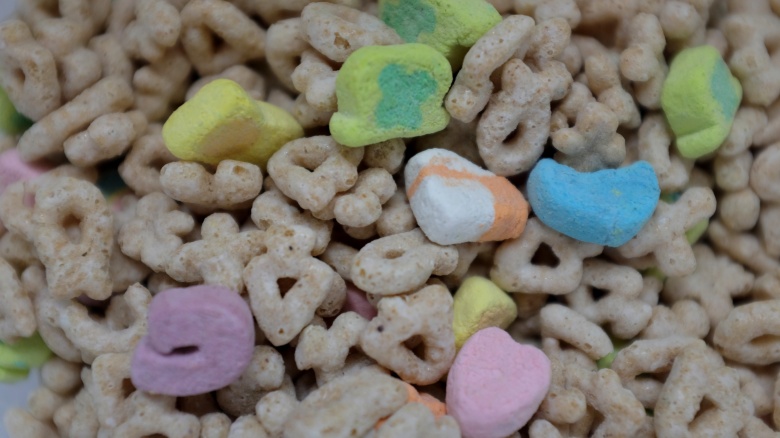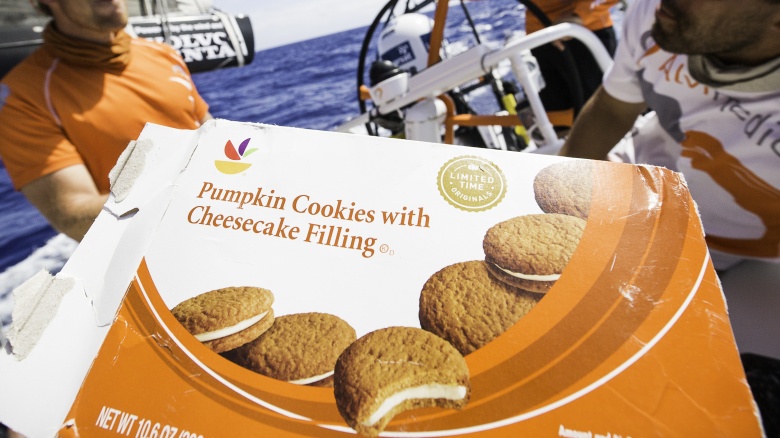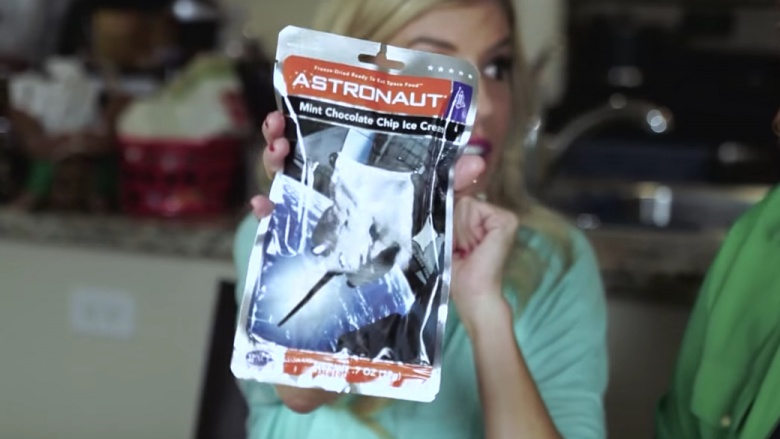Gimmicky Food That Never Should've Been Invented
The food industry is out of control. What once was simply essential for life is now 99 percent pleasurable-but-unnecessary. And where there's pleasure, there's plunder, so companies are constantly vying to get their products into the fridges, mouths, and arteries of paying customers. But with so many companies competing, the pressure has grown to find a new angle, something to make that product stand out from the crowd. Oftentimes, however, the line between "honest innovation" and "pointless gimmick" gets obliterated completely in the process. Here are a few gimmicky food products that never should have been invented.
Single-serving coffee pods
Sometimes, people are in a rush and don't have time to brew a whole pot of coffee. Sometimes, they just don't want a whole pot of coffee! But that's what coffee shops were made for, or instant coffee, or the microwave oven and yesterday's pot. There's no excuse for the single-serving coffee pod (unless you only want one cup of coffee a month), especially since it just has to waste as much packaging as possible. If you must own a machine that produces a single cup, then just buy a real espresso machine. That way, instead of looking like a lazy and oblivious consumer when your friends come over for coffee, you can look like an obnoxious coffee snob instead. At least then, the coffee will be good.
Wrong-colored food
There are some foods that gave their names to colors, like orange, lemon, cherry, or robin's eggs. And there are some foods that didn't do that, but are so well connected to a single color that any variation is just weird. So when Heinz needed to entice more children to eat their sugar-laden — and classically red — ketchup, they decided to ignore things like "normal" and "not weird-looking" and made their product green and purple. Why? Because kids like bright colors! ... or something. Apparently, Heinz forgot that tomatoes are already red, AKA a really bright color. And adults, AKA the rest of Heinz' target market, wouldn't find green tomato sauce the least bit appetizing.
Candy breakfast cereal
Another gimmick targeted at kids — and an unfortunately successful one at that — is breakfast cereal that contains candy. The logic of it is straightforward, if not cold and calculating: kids love candy, breakfast cereals are boring, breakfast cereal with candy is not boring, put candy in cereal, sell more, and retire early. It's worked so well, it's now nearly impossible to find a sensible box of cereal on the shelf. Even cereals that use that other marketing gimmick, "organic," can't escape the lure of sugar. Usually, they present it in the form of honey, which is basically sugar by way of bees. It might even be possible to spread a conspiracy theory that cereal companies are secretly in league with "Big Pharma," conspiring to force a decline in the health of America's children, all in the name of profit. Or more likely, "Big Cereal" just doesn't care enough to do more than resell our kids their own Halloween candy and claim it's healthy because some machine sprinkled a dash of Vitamin C into each box.
Pumpkin-spiced everything
Pumpkin-spiced stuff has become as much a part of Halloween as candy and pumpkins themselves. That's fine when it's done to entertain the kids, but when it starts corrupting perfectly good, non-pumpkiny adult foods, it becomes a problem. Potato chips don't need to be pumpkin spiced. Coffee doesn't need to be pumpkin spiced. BEER DEFINITELY DOESN'T NEED TO BE PUMPKIN SPICED! The only things that should taste of pumpkin are pumpkin, and pumpkin pie. If you are one of those people who just can't wait for the pumpkin-spiced latte to become available at your favorite coffee hole, then you're a slave to marketing, and maybe you should get a hobby. One that doesn't involve pumpkins.
Freeze-dried ice cream
Astronauts are pretty cool. They sit atop massive fire-breathing bombs, get shot into an unending, inhospitable vacuum, and do cool things like hit golf balls and float awkwardly while attached to a hose. So it's not surprising that stuff astronauts use and eat might become of interest to the public, but freeze-dried ice cream? The theory for its development was sound: space is expensive, so reduce the weight and increase the shelf life of this nice food so the astronauts have something fun to eat after they do all that dangerously uncomfortable floating. But on Earth? There's no need to freeze-dry your dessert, especially if doing so makes it even slightly less delicious.
Don't think that this is a long-lost product of the '70s and '80s either, because freeze-dried ice cream is still available by mail order and in museum shops. But the funny thing is, although the product was developed at the request of NASA for the Apollo space missions, it never actually made it onto the rockets ... because it wasn't that popular. The one group it was designed for — astronauts — didn't like it at all, both because it tasted terrible and its crumbliness posed a danger of getting stuck in spacesuits and causing a dangerous disaster. So what chance would it possibly have to be anything more than a misguided gimmick here on land? None, really.

